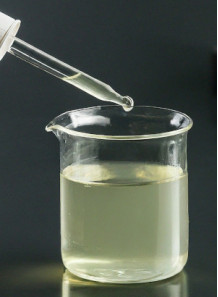Actin AC (5-in-1 Anti-Acne)
Cosmetics
Code: 125803
โซลูชัน 5-in-1 ที่ครอบคลุมสำหรับการบรรเทาผิวที่ได้รับผลกระทบจากสิว แก้ไขปัญหาที่เกี่ยวข้องกับสิวที่สำคัญ และปรับปรุงสุขภาพผิวโดยรวม ประสิทธิภาพได้รับการสนับสนุนจากทั้งการศึกษาทางคลินิก
ตะกร้า
ไม่มีสินค้า
Subtotal:
0.00
รวมทั้งสิ้น
0.00
THB



